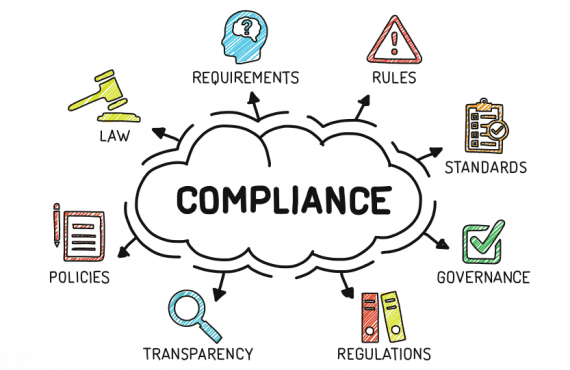Jeannine LeCompte, Publishing and Research Coordinator
A Medicare- and Medicaid-approved long-term care (LTC) facility is under a legal obligation to create and maintain a compliance program. Once written policies, an oversight system, and training and communication processes have been set in place, the next important step is to ensure that there is an effective and enforced disciplinary procedure.
Facilities should have policies and procedures that reflect clear and specific disciplinary standards. The disciplinary policies should describe the facility’s expectations for the reporting of compliance issues including noncompliant, unethical, or illegal behavior.
The disciplinary policy must also ensure that there is a timely, effective, and consistent enforcement of the standards. Resultant disciplinary action must be appropriate to the seriousness of the violation.
All employees must participate in training in this regard, and the facility should document attendance and completion and be able to provide written proof thereof. Employees should be regularly reminded of the importance of compliance and the disciplinary standards. This can be accomplished through the use of newsletters, regular presentations at staff meetings, posters prominently displayed throughout employee work and break areas, and, if applicable, postings on intranet sites.
Records must be maintained for a period of ten years for all compliance violation disciplinary actions, and should include the date on which the violation was reported, a description of the violation, date of the investigation, and a summary of findings. These records need to be reviewed on a regular basis to ensure that disciplinary actions are appropriate to the seriousness of the violation, fairly and consistently administered to personnel at all levels within the organization, and enforced within a reasonable time frame.
It is a good idea—and recommended by the authorities as a standard rule—that compliance participation be included as a measure on an employee’s annual performance review. In addition, a best practice is to publish de-identified disciplinary actions in employee publications, such as newsletters, in order to demonstrate to employees that disciplinary action for violations is enforced.




































